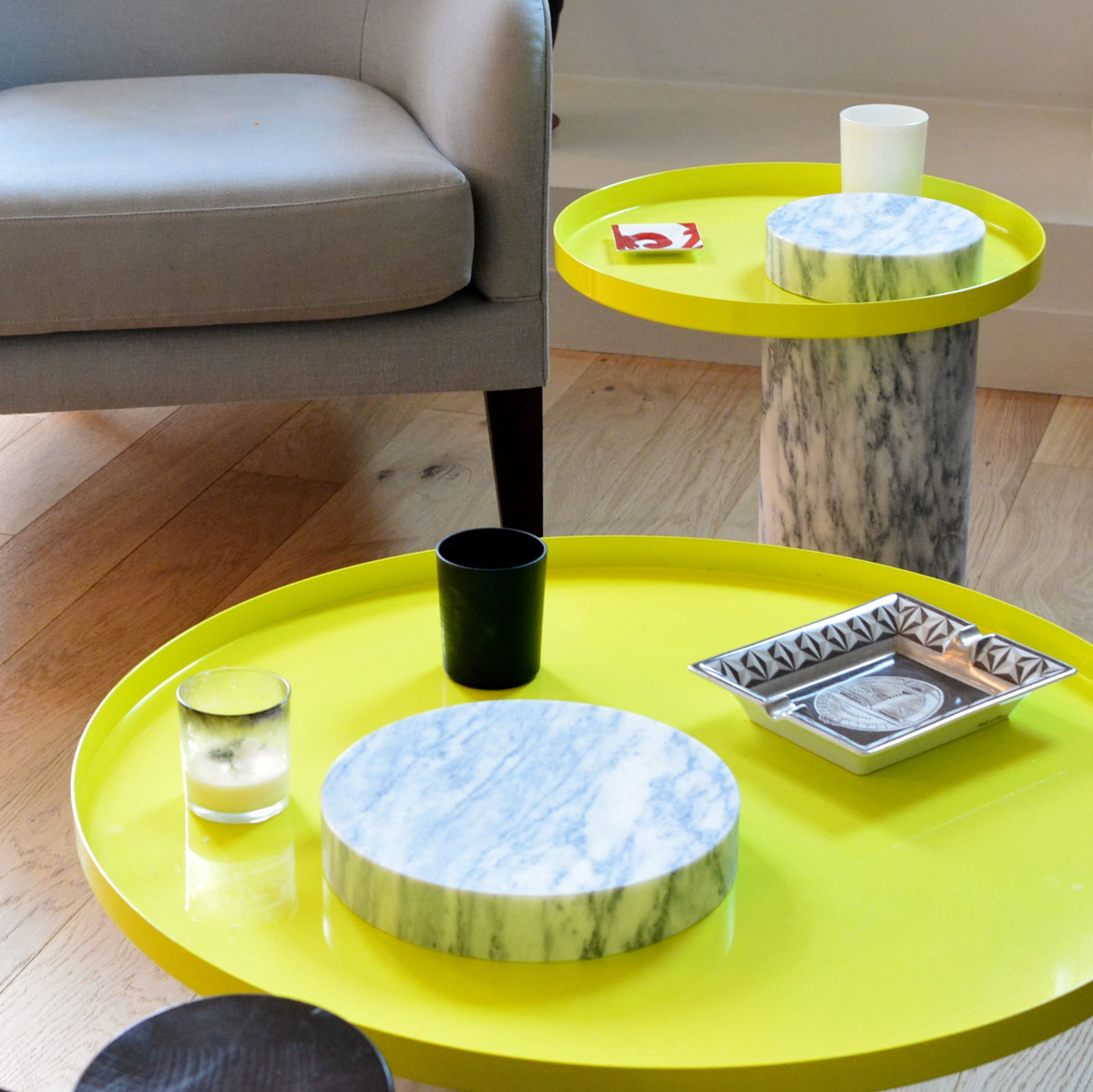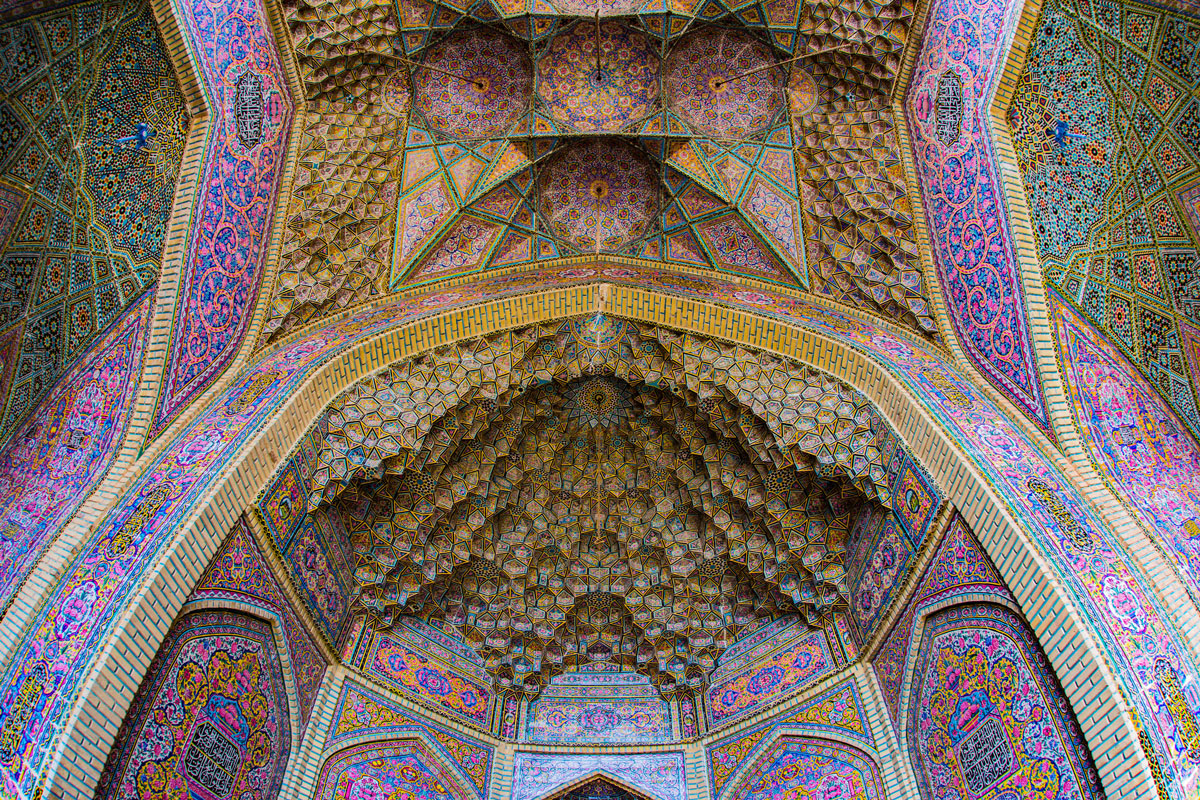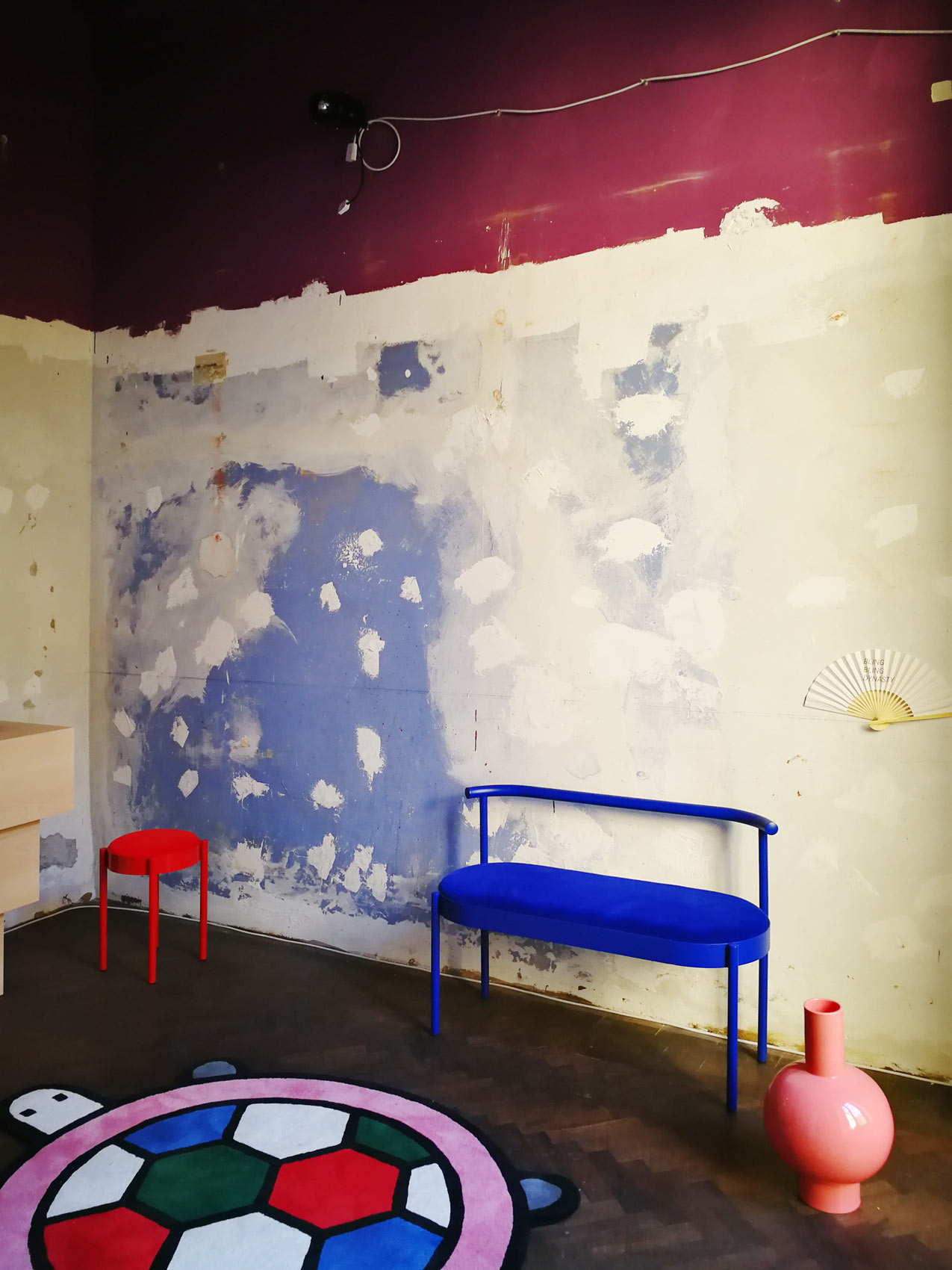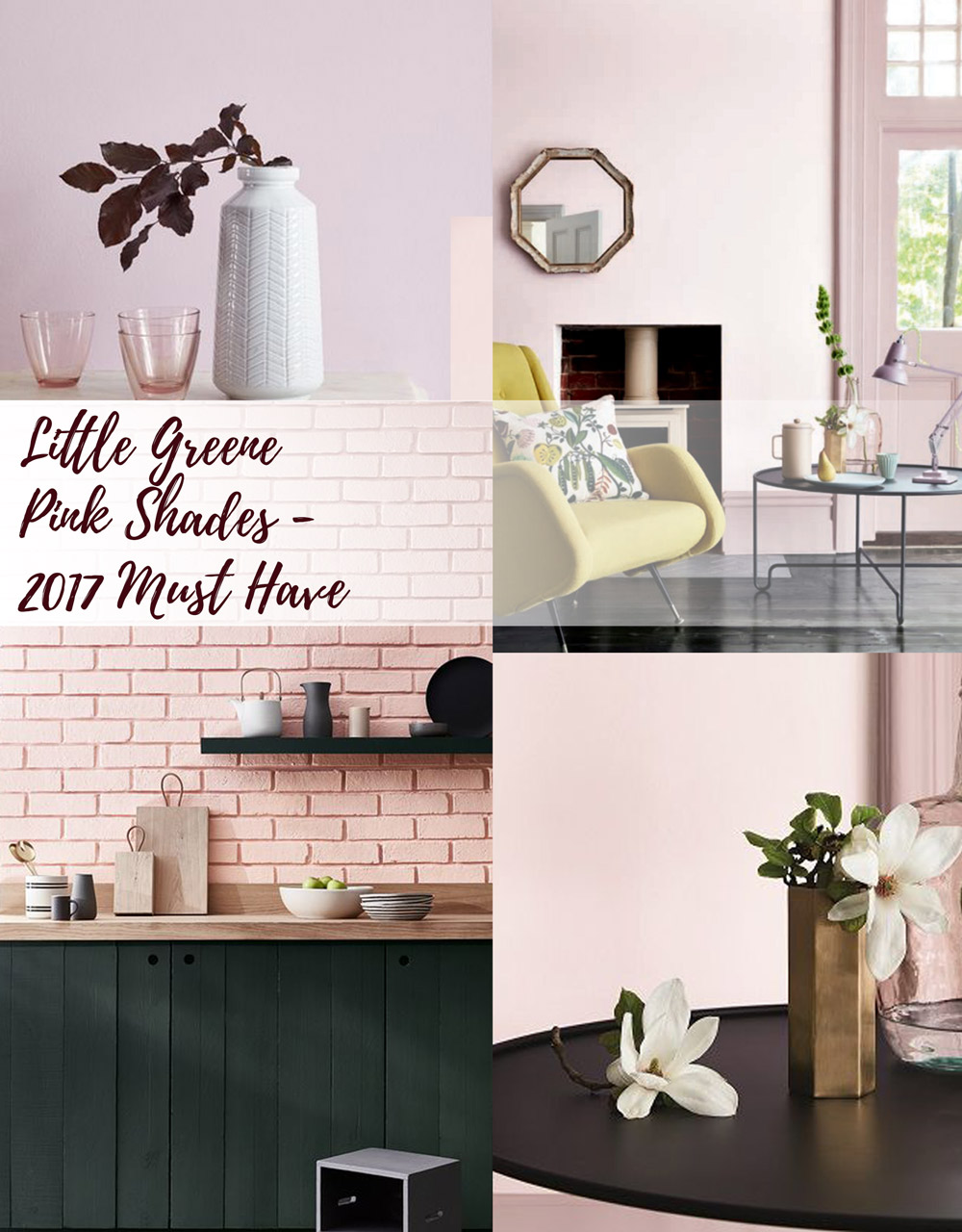Just as tuberculosis has drawn the contours for modernist architecture, so COVID-19 is likely to be one of the factors that will determine what the boutique hotel of tomorrow will look like.
The era of boring hotels is coming to an end – in order to attract more guests, owners need to embrace the needs of tomorrow’s customer by creating a space that encompasses all 5 human senses –smell, sight, touch, taste and hearing. Only then the customer will be ready to buy into the story you are telling, and immerse themselves into unique experience.
“When choosing a boutique hotel, the customer dreams of getting away from the routine, forgetting the daily chores, experiencing something new and having a positive experience.”
Pin images to read later!

When choosing a hotel, the customer dreams of getting away from the routine, forgetting the daily chores, experiencing something new and having a positive experience. A customer who loves travel, exciting interiors and new experiences will invest in trips and find a way to travel during and after the most challenging period.
The 21st century boutique hotel complex has a sophisticated design that naturally incorporates modern technology to ensure the safety of customers and staff. The most important thing we take into account when designing the interior of an exclusive boutique hotel is to find the contact between original architecture, creative solutions, the brand story we want to communicate, and the target hotel visitor. Today, we’ve added the application of new technologies to create a safe and stylish interior for tomorrow’s boutique hotel.
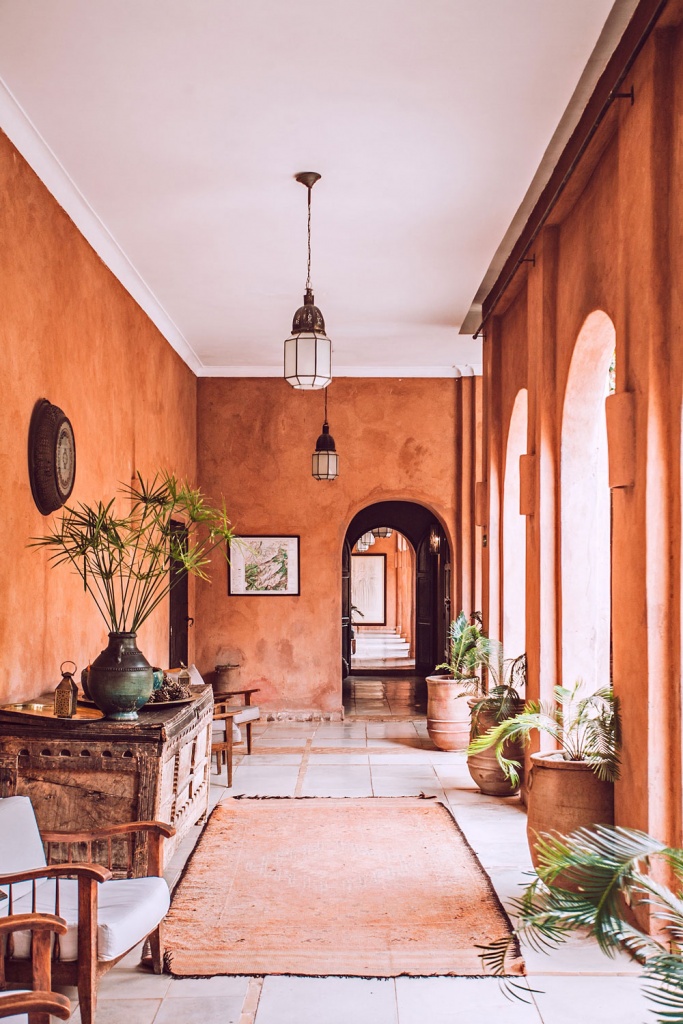
So how will the spaces change in the long term and how does the right boutique hotel interior help to attract new customers? What is the future of the boutique hotels in general?
[block rendering halted]Shared Hotel Spaces
The modern lobby no longer has the traditional spaces that are dedicated to specific functions such as administration, seating, restaurant, work space, etc. Today’s hotel guest wants new experiences and does not want to be framed. He feels free to choose where to sit, eat or work, going along with the mood of the interior. Through the interior design, designers create different atmospheres in each of the micro-spaces, dividing the rooms with biophilic, functional and other stylish and safe solutions that do not scare or otherwise remind us of today’s unstable situation, but lift our mood and give us a sense of security.
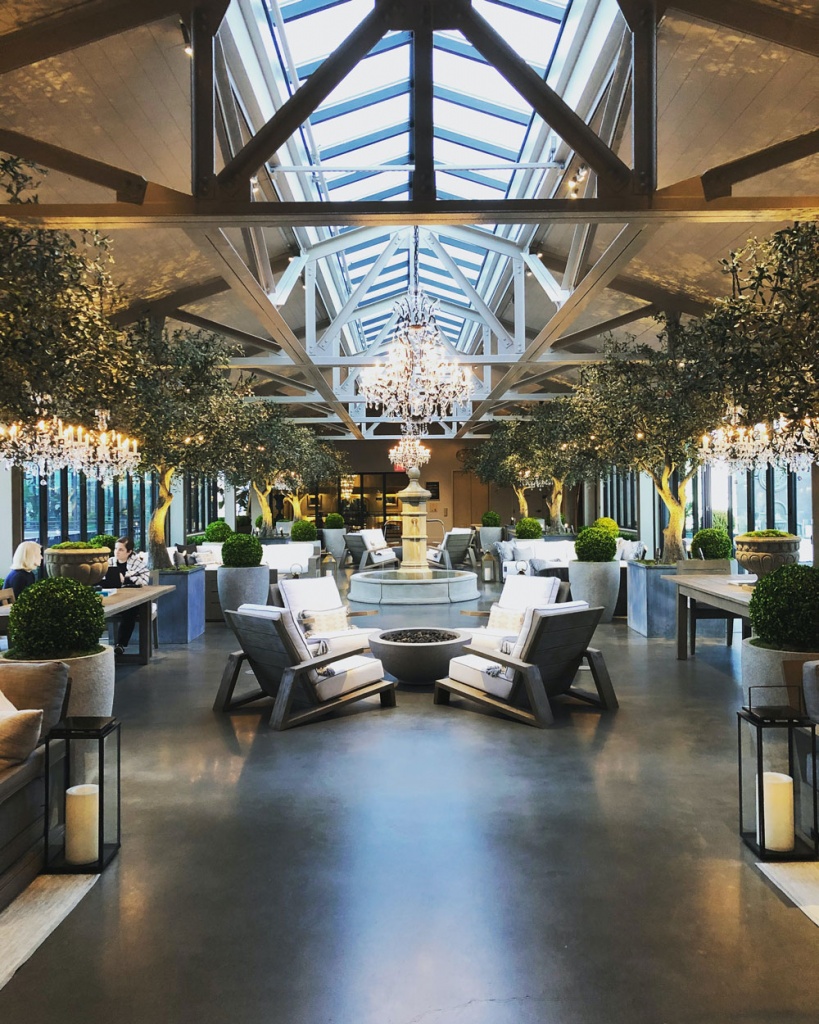
Is administration and staff-assisted check-in still relevant in a post-pandemic world? Or perhaps a customer, for his own safety and the safety of others, prefers to enter the room via an app, receive a welcome package without contracting the staff?
[block rendering halted]“Designers create different atmospheres in each of the micro-spaces, dividing the rooms with biophilic, functional and other stylish and safe solutions that do not scare or otherwise remind us of today’s unstable situation, but lift our mood and give us a sense of security.”
Modern and contactless technologies
Today, few places offer temporary security solutions – oral dictation of menus, marking safe distances with safety tapes that don’t add style or value, abandoning a buffet, or bringing ordered food to the door. When designing a tomorrow’s hotel interior, interior designers are looking for ways to turn temporary, unimaginative solutions into modern and intuitive ones, seamlessly blending them into the hotel’s interior concept in a way that is beautiful, safe and functional. The introduction of modern technologies creates added value and a positive return on investment. Wouldn’t a visitor want their safety to be taken care of? Motion-controlled toilet flushes and lifting lids, automatic TV or projector activation, curtains closed, lighting adjusted for the corresponding mood?
Interior design professionals around the world are even talking about reviving the Paternoster lifts that were popular in the 20th century. But could this one day become a reality in tomorrow’s hotels?
Food Serving Trends
If your boutique hotel has been offering buffet-style meals, now is the perfect time to look for other solutions – change to a la carte, which is more appreciated for its freshness and environmental friendliness, as not so much food is discarded, or to create a completely different dining experience. Boutique hotels are known for their unique restaurant concepts, attracting curious customers who come to the restaurant to experience something new.
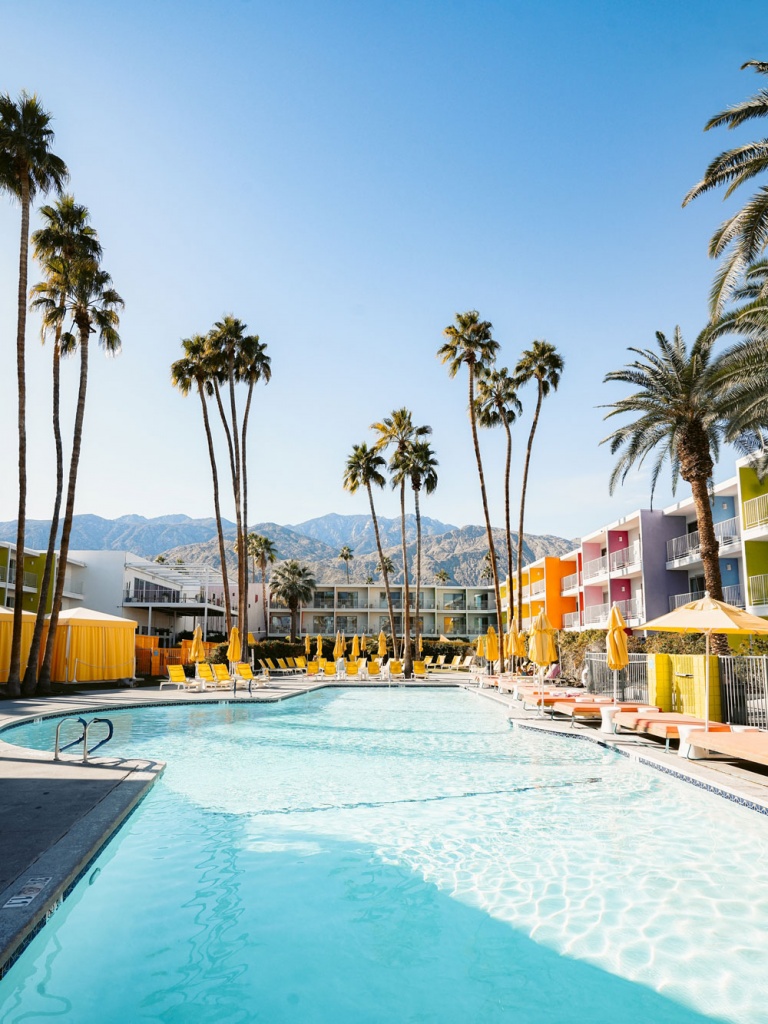
Despite the limitless possibilities of creating a full-fledged restaurant in a hotel that is safe and adapted to post-pandemic living, the likelihood of room service is not excluded. This can be a simple delivery of food in a box, leaving it in a specially designed niche, or designing a deeper dining ceremony by presenting a full meal beautifully served andleaving it in a specially designed niche connecting the corridor and the living room.
Outdoor Spaces To Be Reconsidered
It has been observed that visitors affected by the pandemic feel safer in outdoor spaces and prefer hotels with a cozy outdoor area. Businesses with terraces or balconies are now the lucky ones – on the terrace, the customer feels much safer and less constrained. Extending the interior outdoors is a great way to create a new and safe social space. An outdoor terrace or a well-designed mood on a balcony can add value to a boutique hotel.
Boutique Hotel SPA
Hotel’s Swimming pools and SPA can be some of the safest spaces – properly disinfected and chlorinated water kills bacteria and is a safer environment than socialising with each other in a designated security area.
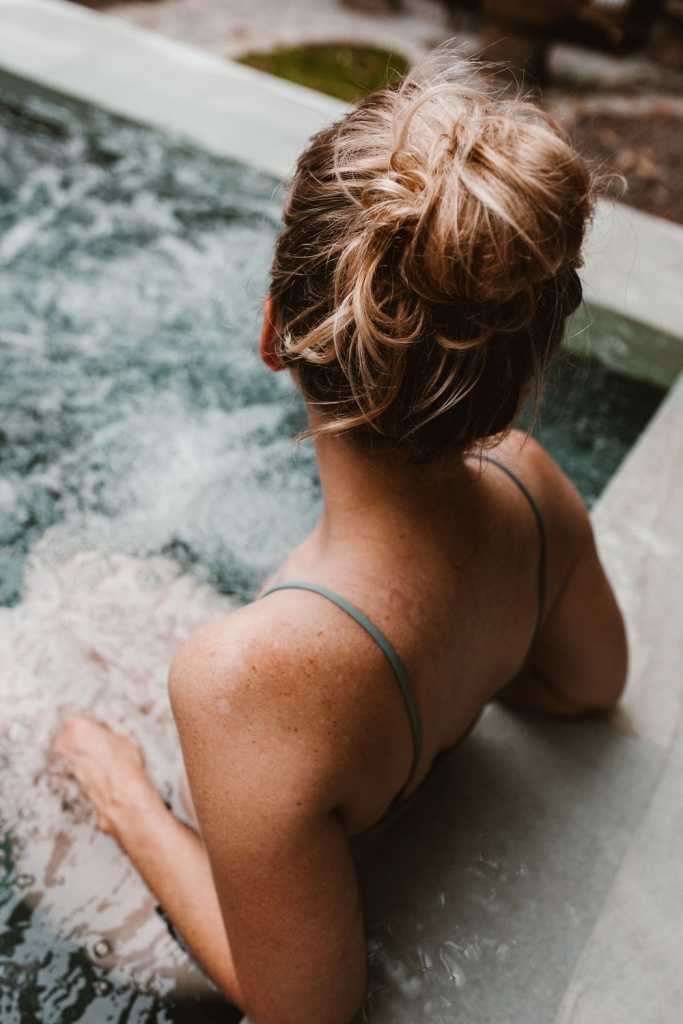
Safe Interior Design Materials
When designing the boutique hotel interior, interior designers will be faced with the challenge of selecting the right finishes, fabrics and other interior elements that are not only stylish and impressive, but also easy to clean. Another concern will be to manage the interior materials properly, so that the boutique hotel does not resemble a medical establishment. Today, the ideal hotel is one that uses quality, durable materials that not only look impressive but are also easy to maintain.
Multi-Purpose Boutique Hotel Rooms
It is likely that the rooms will become larger to accommodate far more activities than just sleeping. Until now, all the boutique hotel spaces have been kept as small as possible, with the assumption that visitors will spend more time in the shared areas. Today’s consumer wants to be able to choose where they want to work or exercise, whether in a shared space or in their own room. In the rooms, technology and design intertwine to create a space where visitors feel safe and inspired.
Pandemic and post-pandemic times are certainly full of challenges for hoteliers. Today, the entire HoReCa industry is optimising costs and struggling to survive the crisis, but there is a great hope that the hotel industry will make a huge leap forward in the face of this crisis through interior design and new technologies. And yet, how will tomorrow’s boutique hotel standards continue to evolve and what will be the ideal boutique hotel of tomorrow that you will want to come to…?
Follow AUTHENTIC INTERIOR on Instagram for more inspiration.
Are you a design decor brand, a hospitality space, artist looking for unique content created for your brand? We can help – please use contact form and we’ll send you media kit.
Don’t forget to subscribe and get a freebie!
[block rendering halted]



